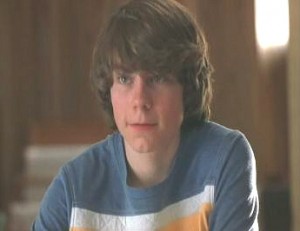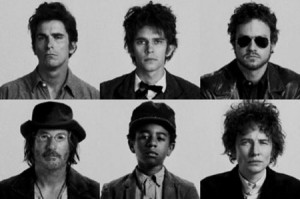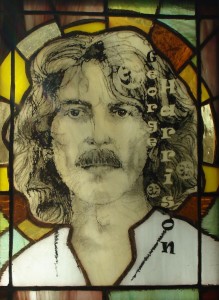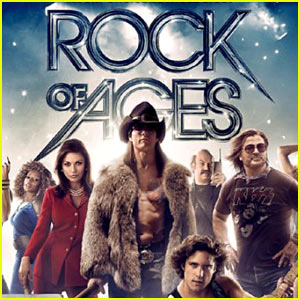I was trying to think about what the legacy of recently deceased NFL Films cofounder Steve Sabol means to us, or how we might apply the mythology he built for his industry to myth-making in rock ‘n roll. Fear not, this will not be an attempt to equate football with rock ‘n roll.
For those who don’t know the first thing about Steve Sabol, his father Ed, and NFL Films, it was an small, independent company that won a contract to shoot highlights of NFL games beginning in the early ’60s. By the end of the decade, the company’s innovative, orchestrated, and dramatically narrated weekly highlight reels brought the game to sports fans like never before. Their style became the Look of the NFL, as described below, in a passage by longtime Philadelphia football writer and eventual NFL films employee Ray Didinger. as kids tuned in each Saturday morning then ran out to the nearest open field re-enacting the latest slow-motion sideline catch or safety blitz with their friends while the highlights were fresh in mind. This was what Sabol called the “backyard moment.”
A typical NFL Films piece will open with the pounding of kettle drums and a close-up of a player breathing steam through his face mask. There is blood on his jersey. His eyes scan the field in slow motion. The music swells and just like that, you’re hooked. Even if you know how the game turned out, you keep watching because you never saw it quite this way before.
I really believe a major factor in the surge of pro football popularity over the past 40 years was the influence of NFL Films. No other sport had anything like it. NFL Films took you inside the game and put you eyeball-to-eyeball with the players. They shoved your face in the snow in Green Bay. They made you feel what it’s like to be on the field. Above all, they made you care. – Ray Didinger, CSN Philly
Rock ‘n roll has never had a weekly highlights show (only Top 40 countdowns, which never really took viewers into the studio or on stage), but it does have its share of classic filmed and televised performances. What are the key myth-making cinematic moments in rock? What are the specific “backyard moments” of rock, not entire films or performances but key moments, like Pete Townshend’s slide at the end of “Won’t Get Fooled Again” in The Kids Are Alright?
Taking this idea one step further, if we could go back in time, to a time when kids actually cared about rock ‘n roll, and you were asked to launch a weekly rock ‘n roll highlights show, what aspects of musicians playing would you and your crew look to zoom in on and run in slow-motion? Who would be your narrator?





